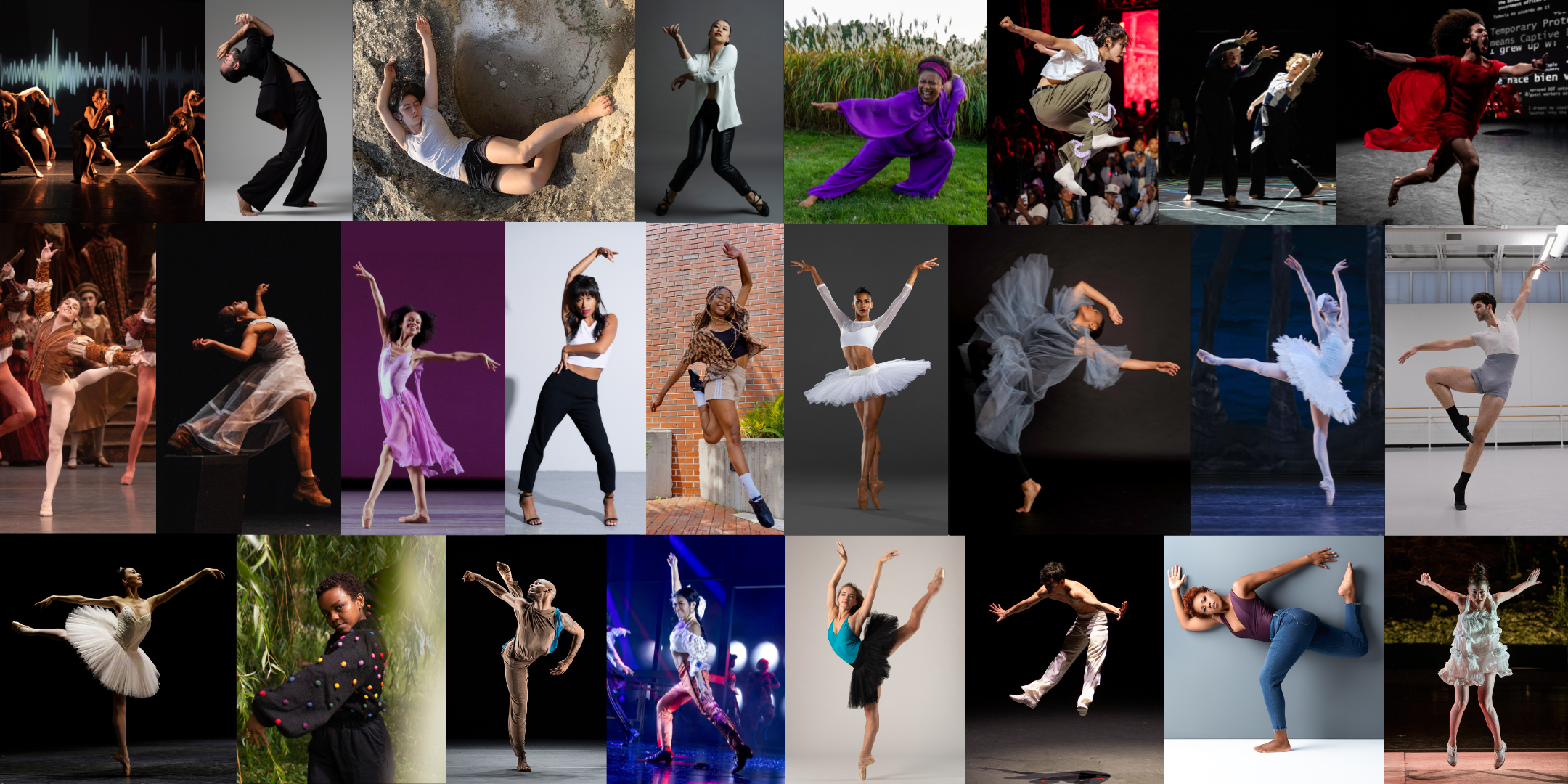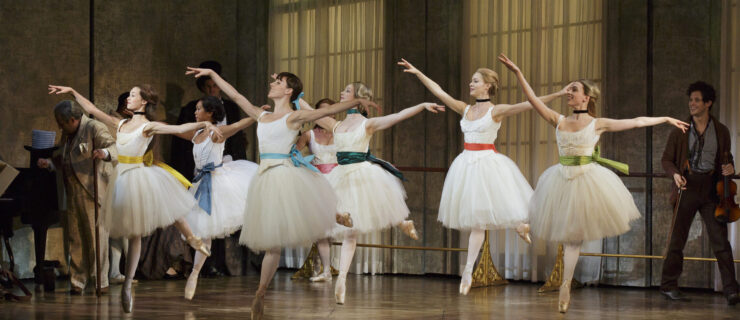Meet the Ballet Dancers from Dance Magazine’s 2024 “25 to Watch”
It’s official: our friends at Dance Magazine have announced their 2024 “25 to Watch” list. The annual round-up features rising talent throughout the dance industry and spanning multiple dance genres. Of course, we can’t help but feel excited about those from the ballet world. Read on to learn more about them, then be sure to read the full “25 to Watch” list here.
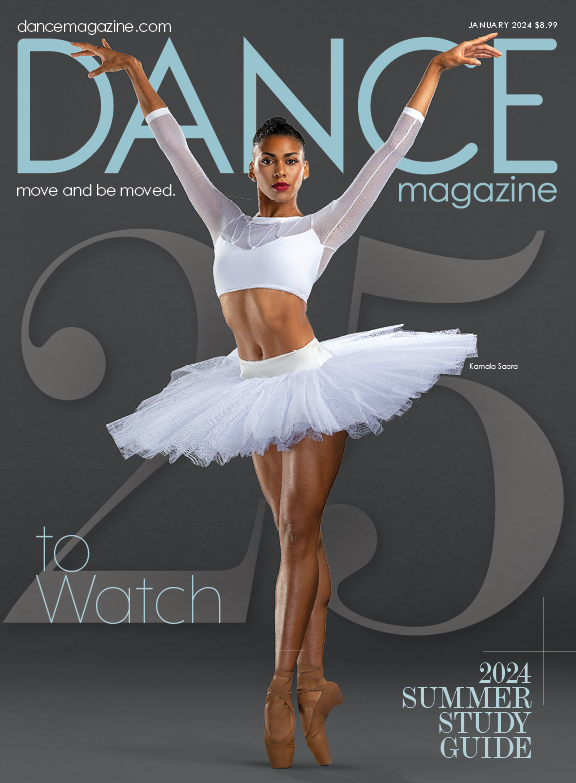
Grace Rookstool
Soloist, Pittsburgh Ballet Theatre
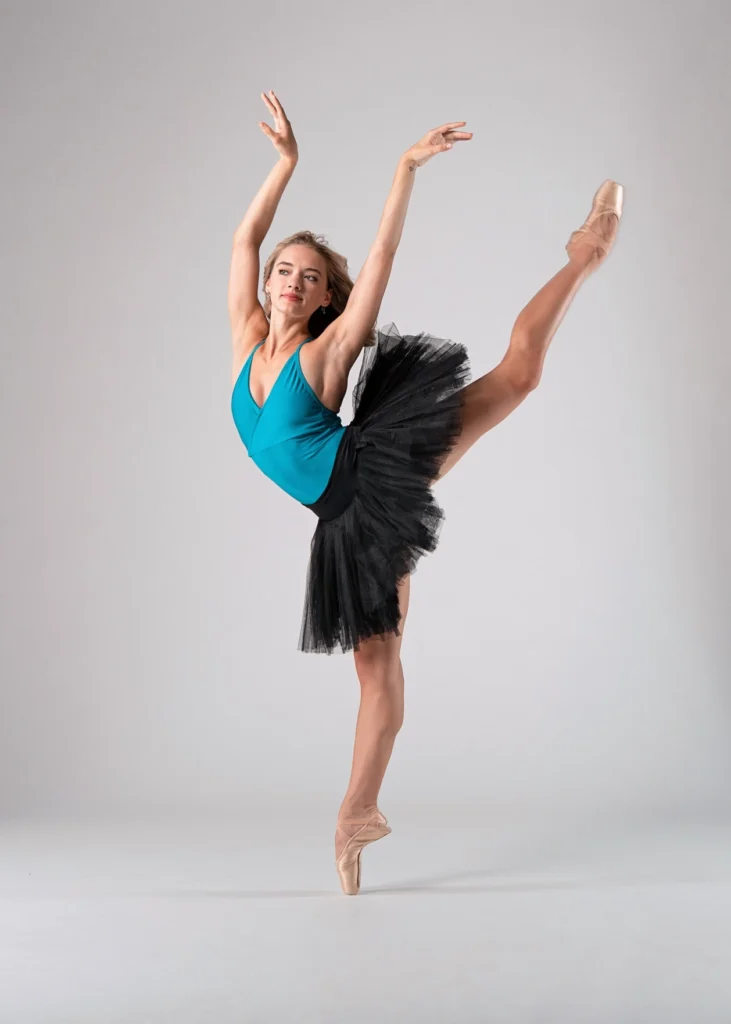
Last season, Pittsburgh Ballet Theatre’s statuesque Grace Rookstool made a pair of major debuts. The then–corps-member embodied emotional resilience as Mina in Michael Pink’s Dracula and showed off her commanding stage presence and technical prowess as Aurora in The Sleeping Beauty. She dances with an assuredness that artistic director Adam McKinney says got her promoted to the rank of soloist for this season. “She is a consummate professional, a classicist, and has a natural sensibility to embody music,” he says of the 23-year-old.
Born and raised on Whidbey Island, Washington, Rookstool trained at Pacific Northwest Ballet School and in its Professional Division Program. While there, she was selected for an exchange program with Dresden Semperoper Ballett and danced in its production of La Bayadère. She joined PBT’s corps de ballet in 2019.
A truly versatile dancer, Rookstool says she most enjoys high-flying jumps. Expect her career to soar in 2024. —Steve Sucato
Jake Roxander
Corps member, American Ballet Theatre
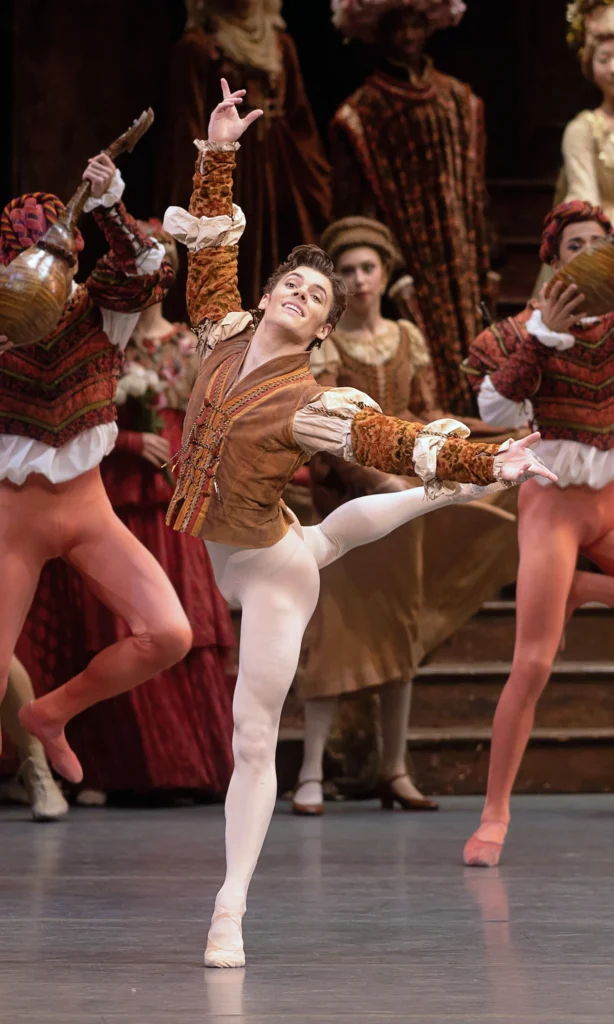
Watching Jake Roxander as Mercutio in Romeo and Juliet last July, it was hard to believe that he was making his Metropolitan Opera House debut in the role. Without a trace of nerves, the 21-year-old American Ballet Theatre corps member fully inhabited the character—cocky, loveable, magnetic, with flashes of hot-tempered recklessness. Then there was his dancing: Each solo was thrillingly virtuosic and highly musical, with pirouettes that paused momentarily on relevé—just enough time for him to give an impish grin before he was on to the next feat.
Roxander comes from a family of dancers; he and his brother Ashton, a principal with Philadelphia Ballet, were trained by parents David and Elyse Roxander at their studio in Medford, Oregon. He spent a season with Philadelphia Ballet’s second company before joining ABT’s Studio Company in 2020, where he stood out in Balanchine’s Stars and Stripes and a duet from Twyla Tharp’s Known by Heart.
ABT has wasted no time pushing Roxander to the forefront since he joined the main company in 2022. This fall he danced principal roles in Harald Lander’s Études and Alexei Ratmansky’s Piano Concerto No. 1, and debuted in the role of Puck in Sir Frederick Ashton’s The Dream. With his powerful, unforced technique and boy-next-door charm, he is making a name for himself, and fast. —Amy Brandt
Jindallae Bernard
Choreographer, filmmaker, and corps member, Houston Ballet
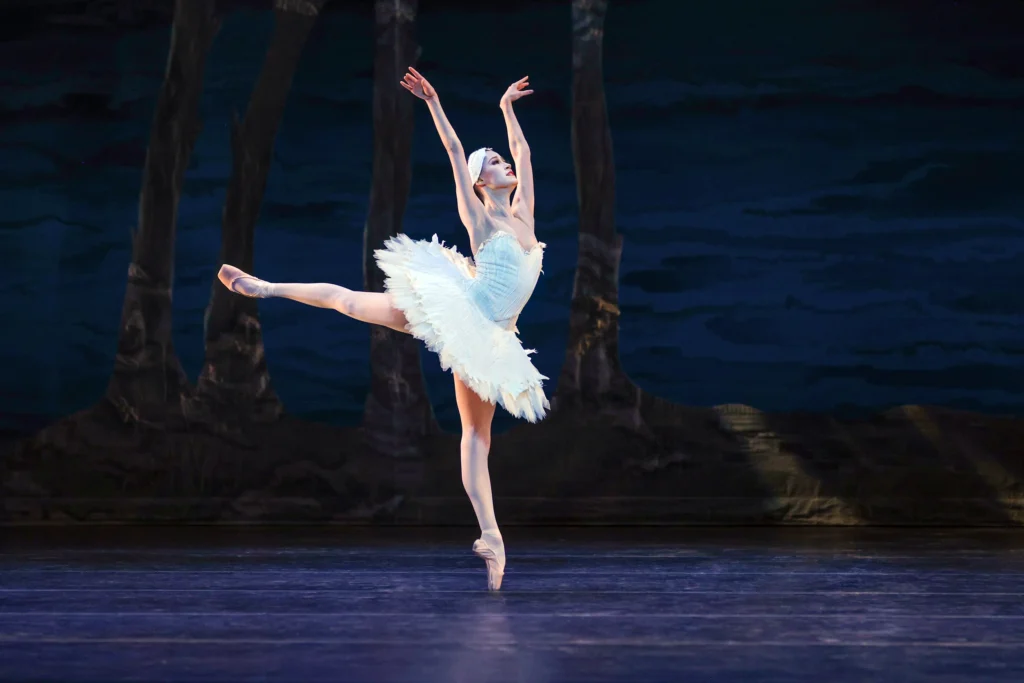
Jindallae Bernard’s portrayal of the jealous Lady Rokujo in Nao Kusuzaki’s Genji, an Asia Society Texas Center commission, exuded chilly charm and understated, seductive sensuality. Her quiet authority and stoic elegance also served her well in Stanton Welch’s neoclassical Tu Tu at Houston Ballet, though she proved equally capable of turning up the voltage in Balanchine’s Stars and Stripes. And her talents extend to choreography and filmmaking, too.
Bernard joined Houston Ballet’s corps in 2022. She’s been with the organization since she was 6 years old, rising through the Academy and Houston Ballet II before landing an apprenticeship in 2021. During her training, she took on several choreographic opportunities. Her whimsical short dance film Phase, created in 2020 during a virtual summer program composition class, so caught the eye of artistic director Stanton Welch that the company showcased it during its first live performance after the pandemic pause. “Her work feels so high-end, from the story to her use of color and light, and her directorial insight,” says Welch. He selected her to premiere a new ballet in December for the company’s annual Jubilee of Dance, for which she created Parodie de l’histoire du ballet. Says Bernard: “My goal is to contribute in as many ways as I can.” —Nancy Wozny
Hohyun Kang
Sujet, Paris Opéra Ballet
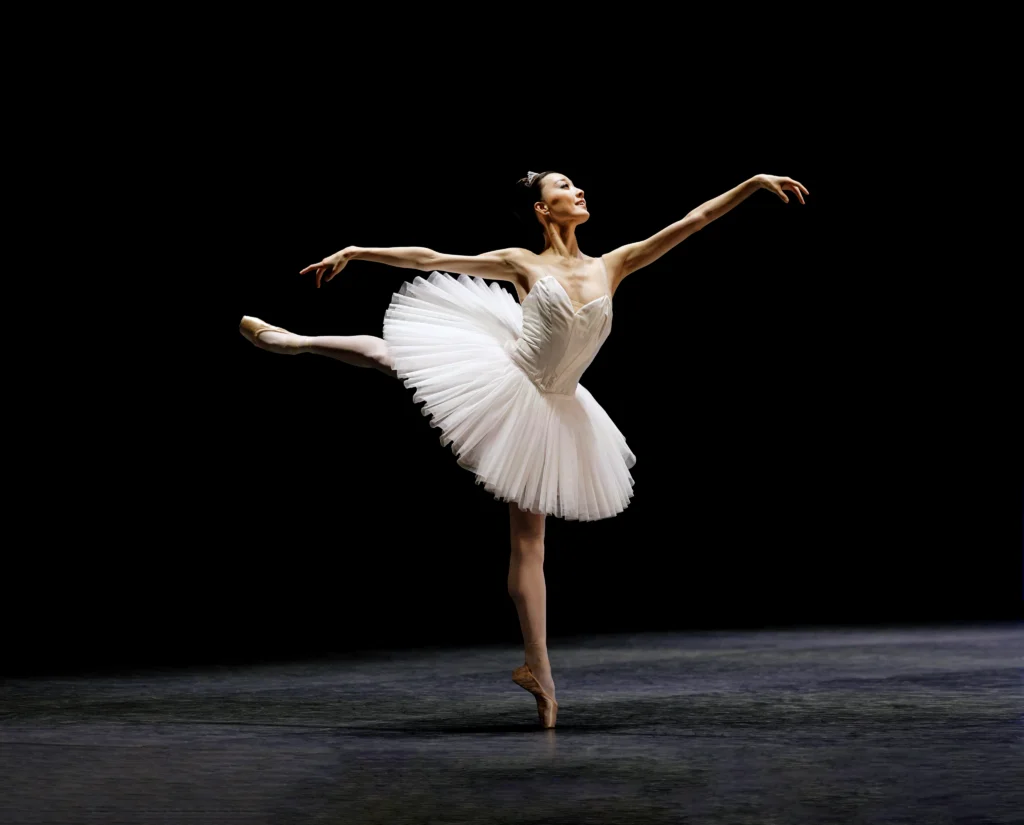
A morbid teenager involved in a murder-suicide isn’t exactly an easy first major role. Yet from the moment South Korea’s Hohyun Kang, who joined Paris Opéra Ballet in 2018, stepped out as Mary Vetsera in Mayerling last season, she found logic and purpose in Sir Kenneth MacMillan’s choreography. As she draped herself around Paul Marque, her Prince Rudolf, her lines sizzled with dramatic tension.
It was an arresting breakthrough for the 28-year-old, who had been on balletomanes’ radar for her easy, radiant musicality and technique in ballets such as Balanchine’s Concerto Barocco. A graduate of Korea National University of Arts, she was noticed by William Forsythe shortly after joining POB and landed a soloist role in his Blake Works I, before quietly making her way up the ranks and becoming a sujet (soloist) last season. She is already slated for a Kitri debut in April—and may well follow in the footsteps of Paris’ first South Korean étoile, Sae Eun Park. —Laura Cappelle
Kuu Sakuragi
Soloist, Pacific Northwest Ballet
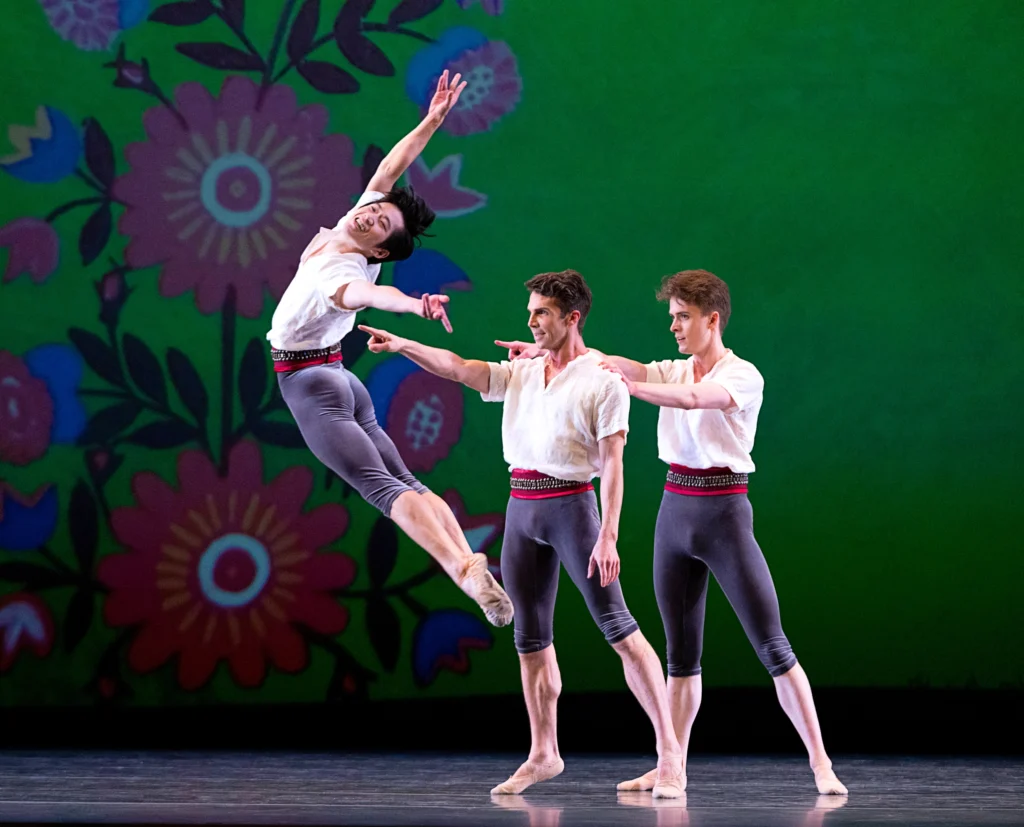
With a raw physicality matched with bighearted sensitivity, Kuu Sakuragi is quickly heading toward rockstar status at Pacific Northwest Ballet. He creates electrifying spectacles onstage, delivering one jaw-dropping performance after another. His big technical jumps look as if he’s floating on air, an impression only heightened by his gravity-defying turnin David Parsons’ Caught, while his warmth and humility come through as deference to the other dancers onstage, as in Alexei Ratmansky’s Wartime Elegy. A PNB DanceChance student and Professional Division graduate, Sakuragi joined the corps in 2020 after dancing with Alberta Ballet for three years and was promoted to soloist in November. “Certain dancers live more completely in the moment when they’re dancing,” artistic director Peter Boal says. “Nureyev, Wendy Whelan, Carla Körbes come to mind. Kuu is one of them.” —Gigi Berardi
Olivia Bell
Corps member, New York City Ballet
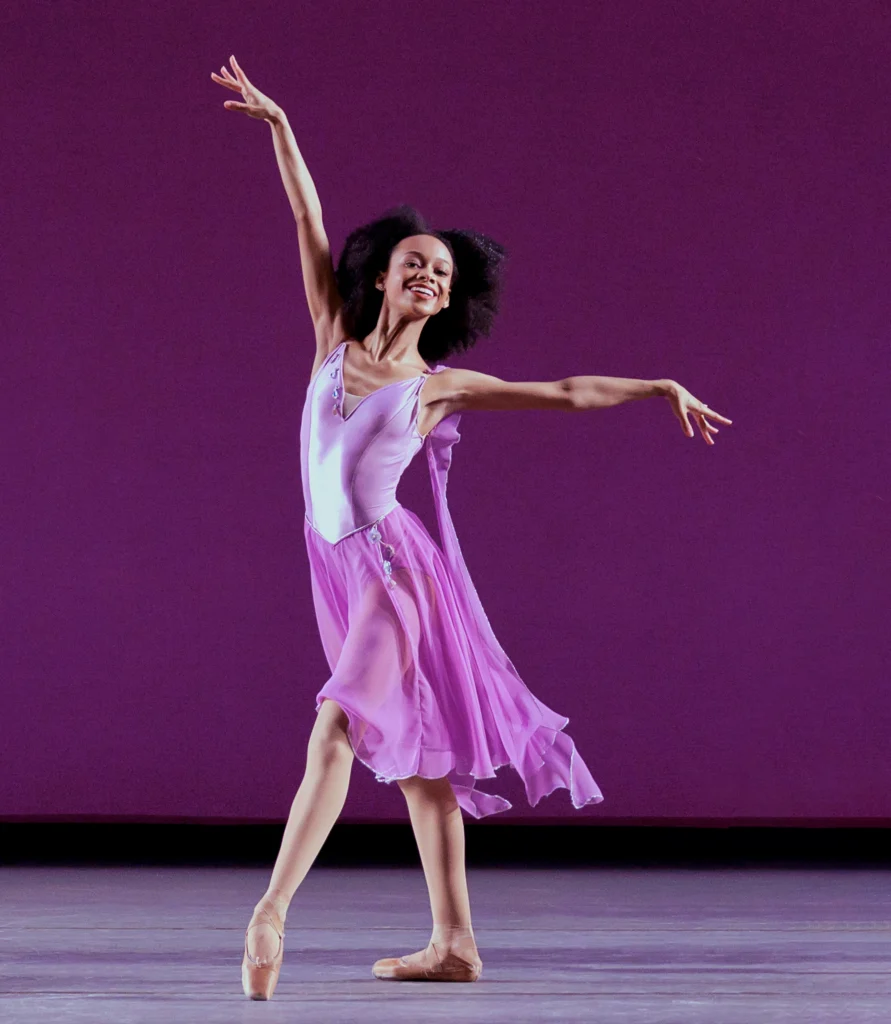
Some dancers demand your attention. New York City Ballet’s Olivia Bell politely requests it. But the elegantly understated dancer is no wallflower. A fervent musicality powers her fine-grained technique, giving it a lush, romantic sweep.
Bell, who only joined New York City Ballet’s corps in May, still has surprises in store. At last summer’s Vail Dance Festival, she danced Balanchine’s Tarantella, a mile-a-minute showstopper that must have been nearly impossible to survive at Vail’s one-and-a-half-mile elevation. Bell handled the challenge with not just polish but sparkle, nailing the work’s witty musical phrasing and showing off the prodigious pirouettes that most of us had previously only seen on her Instagram page. Here’s to more surprises, and soon, on NYCB’s stage. —Margaret Fuhrer
Yuval Cohen
Corps member, Philadelphia Ballet
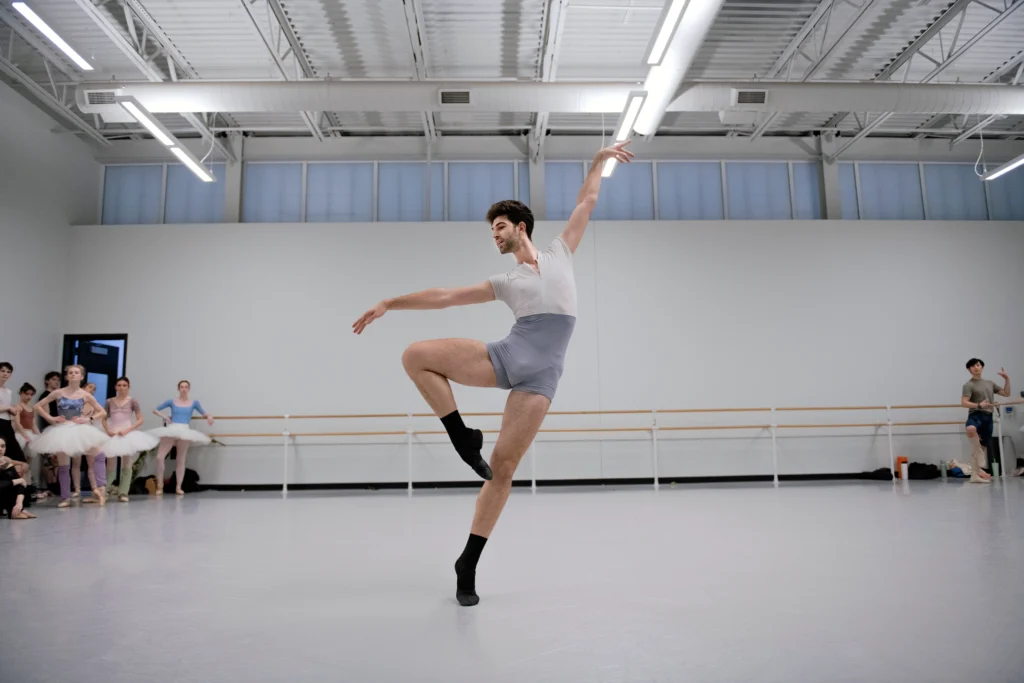
An elegant carriage and genteel demeanor make Yuval Cohen an ideal storybook prince. But behind that refinement lies impressive power. His explosive, elastic leaps and strong, centered turns had everyone buzzing at last summer’s USA International Ballet Competition in Jackson, Mississippi. The 21-year-old Israeli dancer, a newly promoted Philadelphia Ballet corps member, was the first from his country to medal, taking home the senior bronze.
Cohen’s USA IBC coach was his longtime mentor, Nadya Timofeyeva, with whom he trained at the Jerusalem Ballet School. In 2018, she took him to a competition in Russia, where he won first prize and a spot at the Vaganova Ballet Academy. After becoming the school’s first Israeli graduate in 2021, Cohen joined Moscow’s Bolshoi Ballet. But the pandemic created visa complications, forcing him to return home that summer.
Cohen joined Philadelphia Ballet II in October 2021 and became a company apprentice the following season. He’s already gained notice in a range of featured roles, including a Stepsister in Cinderella, the Gold variation in The Sleeping Beauty, and Escamillo in Angel Corella’s new production of Carmen, which premiered this fall. —Amy Brandt
Kamala Saara
Dancer, Dance Theatre of Harlem
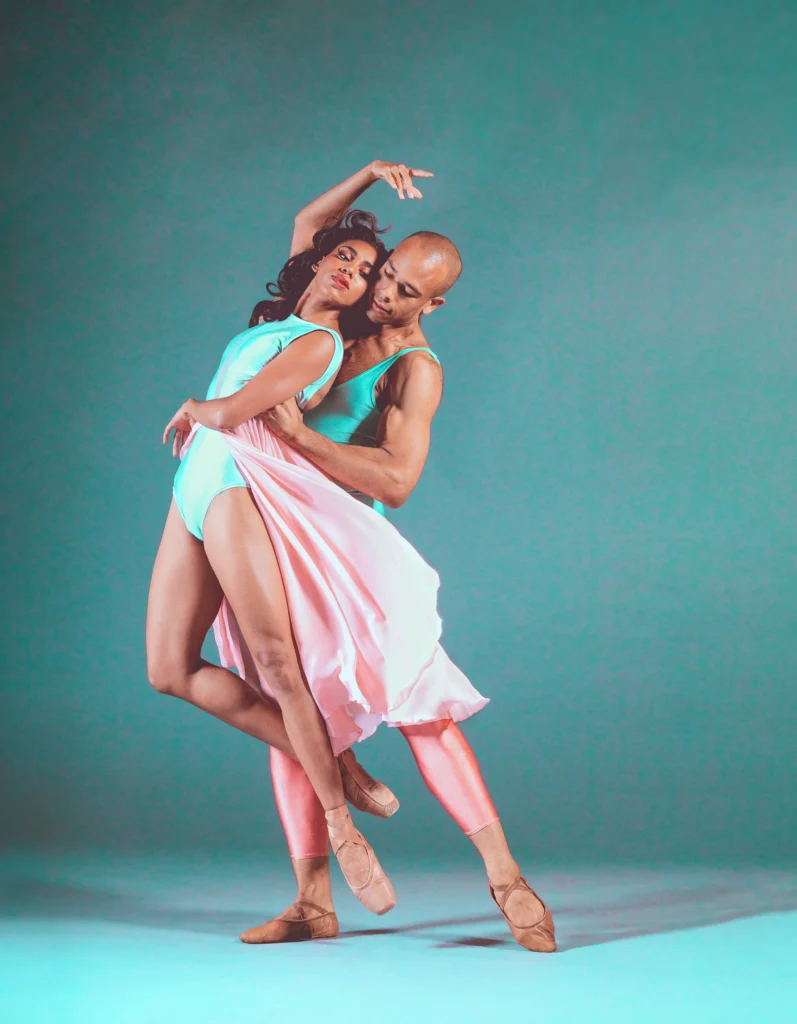
Midway through William Forsythe’s Blake Works IV last April, Kamala Saara transfixed the audience in a soulful, introspective solo. She stretched her long limbs expansively, pulling every inch out of them before retracting dynamically into the next phrase. She seemed to be lost in a dream, her arms sweeping through an unseen atmospheric viscosity. And while the solo is deeply internal, Saara invited the audience at Dance Theatre of Harlem’s New York City Center season into her world.
Saara, 21, grew up studying at the Yuri Grigoriev School of Ballet in Los Angeles, spent two summers at the Bolshoi Ballet Intensive in New York City, and at 16 was invited to Moscow to perform at the Bolshoi Ballet Academy’s annual gala. She moved to New York in 2019, training first with Andrei Vassiliev before entering the School of American Ballet. SAB’s focus on speed and lightness, she says, made her more versatile.
Meanwhile, then-DTH artistic director Virginia Johnson had had her eye on Saara since Chyrstyn Fentroy invited her to take company class at age 15. Saara joined DTH in 2020, shining in Stanton Welch’s Orange and Balanchine’s Allegro Brillante. This season, she takes on the principal role in Balanchine’s Raymonda-inspired Pas de Dix, adding a glamorous ballerina part to her repertoire. —Amy Brandt
Header collage photo credits, left to right, top to bottom: Ryoko Konami, courtesy Naomi Funaki; Michelle Reid, courtesy Kia Smith; Todd Rosenberg, courtesy Giordano Dance Chicago; Laura Irion, courtesy Karla Puno Garcia; Rosalie O’Connor, courtesy American Ballet Theatre; Angela Sterling, courtesy Pacific Northwest Ballet; Kat Stiennon, courtesy Water Street Dance Milwaukee; Erin Baiano, courtesy New York City Ballet; Jay Spencer, courtesy Miguel Alejandro Castillo; Isabella Herrera, courtesy Kaitlyn Sardin; Julien Benhamou, courtesy Paris Opéra Ballet; Nir Arieli, courtesy Dance Theatre of Harlem; Steven Pisano, courtesy A.I.M by Kyle Abraham; Lawrence Elizabeth Knox, courtesy Houston Ballet; Alex Harmon/Red Bull Content Pool, courtesy Sean Lew; Robbie Sweeny, courtesy Clarissa Rivera Dyas; Anne Van Aerschot, courtesy Rosas; Bailey Bailey, courtesy Laila J. Franklin; C-Unit Studio, courtesy Pauline Casiño; Anita Buzzy Prentiss, courtesy Pittsburgh Ballet Theatre; Nicole Mitchell Photography, courtesy Danielle Swatzie; Gabriel Asensio, courtesy Rafael Ramírez; Camille Augustyniak, courtesy Lucy Fandel; Arian Molina Soca, courtesy Philadelphia Ballet; Travis Coe, courtesy Sydnie L. Mosley.
